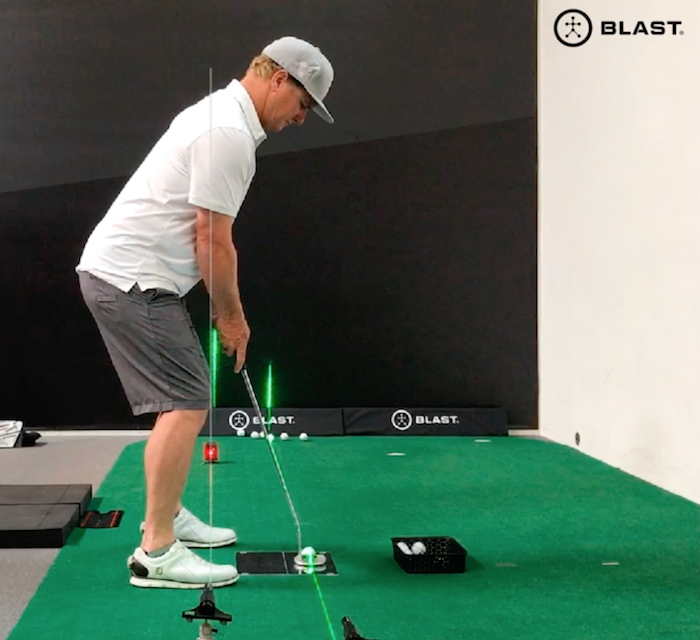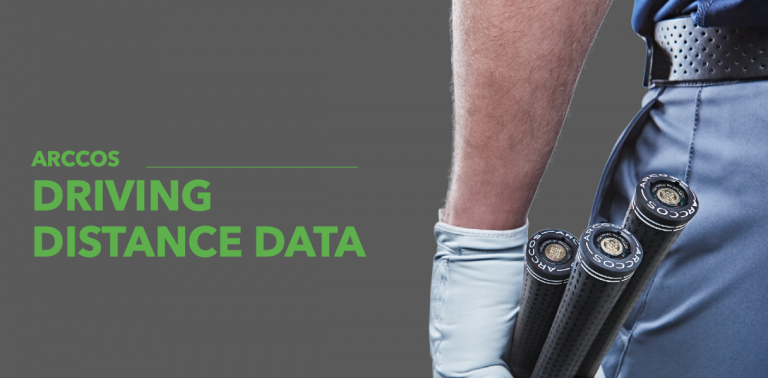We’ve learned a lot about biomechanics and gone through a lot of important concepts and ideas, but what now? How is this info applied and what do we do about it? That’s what we talk about in this podcast.
[vc_row][vc_column width=”1/2″ css=”.vc_custom_1489366056001{margin-bottom: -30px !important;}”][vc_btn title=”LISTEN IN ITUNES” align=”center” button_block=”true” link=”url:https%3A%2F%2Fitunes.apple.com%2Fus%2Fpodcast%2Fgolf-science-lab%2Fid1049039619%3Fmt%3D2%26ign-mpt%3Duo%253D4||target:%20_blank|”][/vc_column][vc_column width=”1/2″][vc_btn title=”LISTEN IN GOOGLE PLAY” align=”center” button_block=”true” link=”url:https%3A%2F%2Fplay.google.com%2Fmusic%2Fm%2FIqibmivc622az2cffwftwonz3mm%3Ft%3DGolf_Science_Lab||target:%20_blank|”][/vc_column][/vc_row]
[aesop_chapter title=”Does Biomechanics Just Make Things Complicated?” bgtype=”img” full=”on” img=”http://golfsciencelab.com/wp-content/uploads/2017/02/dj-open.jpg” bgcolor=”#888888″ revealfx=”off”]
Biomechanics can seem complicated. And maybe that’s one of the most common myths is that biomechanics is just a complex method of teaching golf. It’s definitely not!
It’s the study of what’s going on in the golf swing and why. However we run into issues when people try too quickly to apply something they’ve learned without really looking at the biggest picture.
Because biomechanics is somewhat of a new field one of the challenges that we run into is that it can seem somewhat intimidating in the beginning because there are so many terms that are not commonly used in golf instruction.
I see a tendency of instructors who want to learn the minimum so they feel like that have something of an understanding but then immediately want to know what the drill to fix it is.
So if I could improve or get sort of one wish out of this is to allow for little patience so the people are going to understand just a little bit deeper. It doesn’t have to be a degree in kinesiology but a little deeper understanding and I think that will actually allow instructors to better understand which category of drill or practice session is likely to result an improvement for different types of swings.
From Dr Mike Duffey.
(on biomechanics) So it just helps me to get there quicker. – John Dunigan
[aesop_chapter title=”About Our Guest” bgtype=”img” full=”on” img=”http://golfsciencelab.com/wp-content/uploads/2016/02/zone.png” bgcolor=”#888888″]
Mark Bull
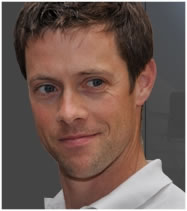 Mark is 39 years old and has been a full member of the PGA since 1996, currently holding AA status.
Mark is 39 years old and has been a full member of the PGA since 1996, currently holding AA status.
Starting his career in the Westcountry, Mark qualified second in the annual PGA trainee of the year award, gaining a Titleist scholarship.
Mark is currently studying for his PhD in Sport, Exercise and Rehabilitation Science through Birmingham University. His areas of research focus on the impact of exercise on golf swing biomechanics and kinematics. As part of his ongoing personal development programme, Mark also regularly undertakes further study, such as the Thomas Myers Anatomy Trains Myofascial Slings course which he completed recently.
Mark Bull provides 3D analysis, biomechanics and golf services to a range of leading players and golfing organisations and is the contracted biomechanist for ProGolf Health, serving over 20 leading tour professionals. See our clients page for more details or check out our testimonials page to see what they’ve had to say about our services and expertise and how we’ve helped them improve their game.
Mark presents regularly to leading conferences and sporting organisations and is a contributor to magazines on golf biomechanics and exercise. He runs the highly successful ‘train like a tour pro’ camps, where he worked alongside world-leading golf physio Ramsay McMaster. Mark is also an ambassador for Nike.
Dr Mike Duffey
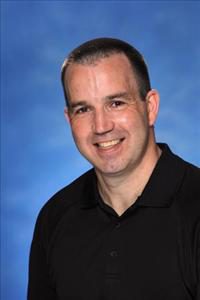 Dr. Mike Duffey is a faculty member in the Department of Kinesiology at Pennsylvania State University and Biomechanist for the Golf Teaching & Research Center (GTRC).
Dr. Mike Duffey is a faculty member in the Department of Kinesiology at Pennsylvania State University and Biomechanist for the Golf Teaching & Research Center (GTRC).
Mike completed his Master’s in Exercise Science at Wake Forest University; his thesis examined how lower body 3D kinematics and ground reaction forces influence running injuries. He completed his PhD in Biomechanics at Penn State where his research focused on upper body kinematics and muscle activity during resistance exercise.
In 2006, Dr. Duffey returned to Penn State University as a faculty member in the Department of Kinesiology and began collaborating with the Professional Golf Management Program. That collaboration has led to the development of the Golf Teaching and Research Center. Dr. Duffey’s roles in the GTRC include detailed swing assessment, instructor education, and conducting research. The research focus of the center is to develop a better understanding of the mechanics of the golf swing with the goals of improving performance at all playing levels as well as reducing the injury in golf.
Penn State online biomechanics course
About Dr Phil Cheetham
 Dr. Phil Cheetham is currently the senior sport technologist and biomechanist for the United States Olympic Committee at the Olympic Training Center in Chula Vista, California. He currently works primarily with athletics and golf, but has also worked with many sports including gymnastics, swimming and diving. He has been a member of the US Olympic Team staff for both the London (2012) and Rio (2016) Olympic Games. In Rio several of the athletes he works directly with won gold and silver medals.
Dr. Phil Cheetham is currently the senior sport technologist and biomechanist for the United States Olympic Committee at the Olympic Training Center in Chula Vista, California. He currently works primarily with athletics and golf, but has also worked with many sports including gymnastics, swimming and diving. He has been a member of the US Olympic Team staff for both the London (2012) and Rio (2016) Olympic Games. In Rio several of the athletes he works directly with won gold and silver medals.
Phil is also two-time Olympian himself at Montreal (1976), and Moscow (1980), in gymnastics for Australia. He was also three times gymnastics all-around champion of Australia in the 1970’s.
He has been an inventor and developer of sport motion analysis systems and sensors since the early 1980’s. He has been a co-founder of several biomechanics and motion analysis companies including: Peak Performance Technologies, Skill Technologies, Advanced Motion Measurement, and Skilled Motion Concepts. He is considered a pioneer in the motion analysis industry and his biomechanics methods have become a de-facto standard in 3D golf swing analysis.
He is a board member for the World Scientific Congress of Golf and the Titleist Performance Institute. In golf his research publications include; “The X-Factor Stretch”, “The Kinematic Sequence” and a PhD dissertation on “Club Handle Twist Velocity in the Golf Drive”.
He has an Honors Degree in Electrical Engineering from the University of New South Wales, Sydney, Australia, a Master of Science and a PhD in Exercise Science and Biomechanics from Arizona State University, Phoenix, Arizona, U.S.A.
If you want to learn more make sure to check out Dr Phil Cheetham’s FORCES AND MOTION workshop starting soon.
This Episode’s Sponsor
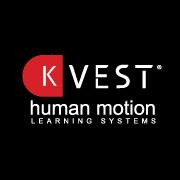 K-VEST is the industry’s only human motion learning system. The all-in-one wireless system that instantaneously measures players’ power signatures and 3D data. The system that assesses player characteristics and generates insightful reports. The system that automatically flows those reports into a powerful coaching and training program builder.
K-VEST is the industry’s only human motion learning system. The all-in-one wireless system that instantaneously measures players’ power signatures and 3D data. The system that assesses player characteristics and generates insightful reports. The system that automatically flows those reports into a powerful coaching and training program builder.
But that’s just the beginning. K-VEST doesn’t only provide you with an extensive library of pre-built training programs and drills, but also with the tools to customize them. And these pre-loaded resources always put real-time auditory and visual feedback front and center—making it possible for clients to feel new movement patterns. Supporting this state-of-the-art wearable technology are turnkey marketing programs that empower professionals to grow their businesses. In fact, it’s everything today’s pro needs to achieve greater success… a human motion learning system.



